The Ryder Cup
Golf's Greatest Event
Bob Bubka
& Tom Clavin
Copyright
Diversion Books
A Division of Diversion Publishing Corp.
443 Park Avenue South, Suite 1008
New York, NY 10016
www.DiversionBooks.com
Copyright 2014 by Bub Bubka and Tom Clavin
All rights reserved, including the right to reproduce this book or portions thereof in any form whatsoever.
For more information, email
First Diversion Books edition September 2014
ISBN: 978-1-62681-420-2
Acknowledgments
Near the top of our list of people to thank are the players and others whom we interviewed who gave generously of their time. We would like to think they went out of their way to help us, and in a few cases that provided some motivation, but for the most part these very busy people participated in the creation of this book because of their respect for the Ryder Cup and how honored they feel to be connected to it.
To Rees Jones, who should be appreciated as much for being a gentleman as for being one of the worlds best golf course designers. No wonder he has been asked to work on five Ryder Cup courses. We are grateful for the support of Scott Gould at RLR Associates in New York, who knows more about golf now than he did a year ago, and Bob Rosen, founder of RLR Associates, who knows more about golf period.
Our gratitude certainly extends to our families and friends who gave us much-needed support in addition to tolerating the time we had to devote to The Ryder Cup. Bob is grateful to his children Robin, Lane, and Robert; to his grandson, Jarrett; and to Janis. For Tom, its thanks to Leslie Reingold and to his children, Kathryn and Brendan.
With these wonderful people, at the end of every day we wind up way under par.
Connect with Diversion Books
Connect with us for information on new titles and authors from Diversion Books, free excerpts, special promotions, contests, and more:

@DiversionBooks

www.Facebook.com/DiversionBooks

Diversion Books eNewsletter
Foreword
by Jack Nicklaus
Any time I have the honor of representing my country, golf has taken on a greater significance. The Ryder Cup is certainly no exception. I have had the privilege to play in six Ryder Cup Matches and to captain two U.S. teams, and each opportunity had provided many special memories.
Every two years, the Ryder Cup brings to the golf world excitement, pressure, emotional highs and lows, a long and continuing tradition of sportsmanship, and some of the most brilliant shot-making in golf. The players and captains represent their countries without pay, because there is little more special than winning as a team and bringing the Ryder Cup home.
The combination of a challenging golf course, some of the most talented players in the world, the honor of representing ones country, the unique heritage of the event, fair play, and working as a team toward a common goal has made the Ryder Cup one of golfs greatest international events.
Since that first official Match in 1927, some of the finest golf courses of the world have served as host to a Ryder Cup competition. Ive played at Muirfield in Scotland, and Ive captained at my own course of Muirfield Village in Columbus, Ohio. Scioto Country Club in Columbus, the course on which I learned the game as a small child, has also had the honor of hosting a Ryder Cup. My father was even in the gallery for that 1931 Ryder Cup Match.
But the element that has provided the Ryder Cup a rich history, steeped in drama, is the players. Ive had the privilege to call some of the greatest players in history my teammates and my competition. To this day, I am still asked about my first Ryder Cup in 1969, when I conceded a two-foot putt to Tony Jacklin on the final hole of the final match that led to the first tie between the teams in the events history. Today, they consider my decision memorable, but at the time, I simply considered it the right thing to do in a competition founded in sportsmanship.
There has been a lot written about the Ryder Cup Matches, and I am pleased to see there is a book that chronicles the entire history of the event. Samuel Ryder might be the name behind the Ryder Cup trophy, but it has been the players, captains, PGA of America and Europe officials, and fans who have made the Ryder Cup the event it is today. This book shows you how they did it, and why the Ryder Cup continues to be one of the worlds great golf events well into the twenty-first century.
Introduction
The first official Ryder Cup Match took place in Massachusetts in 1927. Eighty-seven years later, for many millions of people, it has become the worlds most riveting sports event. Each Match is more exciting, more intensely played, more pressure-packed, and more dramatic than the one before. All of this was evident in 2012 when the Europeans made an epic comeback that rivaled the one the Americans had made in 1999. It was a brilliant effort on the part of the visitors at the Medinah Country Club in Illinois, leaving the home fans disappointed yet thrilled.
The Ryder Cup has become the most prominent and prestigious international prize in golf, yet it had a very modest origin in its founder, Samuel Ryder, the son of a Manchester corn merchant. A successful self-made businessman, he enjoyed playing and watching golf.
A match Ryder observed in 1926 pitted a group of visiting Americans against a British squad, all of whom were simply practicing for that years British Open at Royal Lytham and St. Annes. The British won easily, 13 to 1. Ryder enjoyed the friendly competition so much, he didnt want to see it end there.
Samuel Ryder put his money where his heart was, providing a trophya gold cupfor 250 pounds. It was decided that the next years competition for what was immediately known as the Ryder Cup would be in the United States, at the Worcester (Massachusetts) Country Club (a forty-minute drive from where the 99 Match was held). Captained by Walter Hagen, the U.S. team triumphed there, 9 to 2.
Except for the years spanning World War II and after 9/11, the Ryder Cup has been contested every two years, with sites alternating between the United States and Great Britain (until 1997, when a Match was held for the first time on the Continent). As youll read more about elsewhere in this book, the event was held in odd-numbered years until the cancellation of the 2001 Match in the wake of the terror attacks on America.
Unlike the stroke play to which the American golf audience is more accustomed, and with individuals competing against one another for one winner, the Ryder Cup Matches include best ball, alternate shot, and match play (in other words, what counts is winning holes, not fewest strokes), and no matter how well or badly any individual does, the winner is determined by which team scores the most pointstoday, its 14 to successfully defend, 14 to wrest the Ryder Cup from the defender.
Despite some unfamiliar factors, this event has become as popular asif not more popular thanthe four major golf championships: the Masters, the U.S. Open, the British Open, and the PGA Championship. When he was CEO of the PGA of America, Jim Awtrey declared, This has become our preeminent event. Each competition contains more emotion, brilliant shot-making, pressure, ecstasy, agony, controversy, and courage than any dozen tournaments put together.
Its the biggest happening in golf, stated two-time U.S. Open champion Curtis Strange, a five-time Ryder Cup competitor. And for a player, its like making the all-star team.

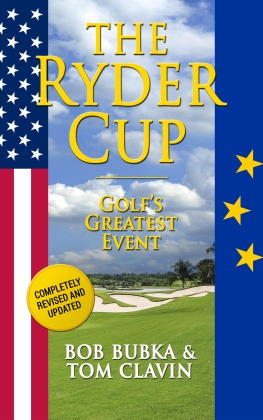

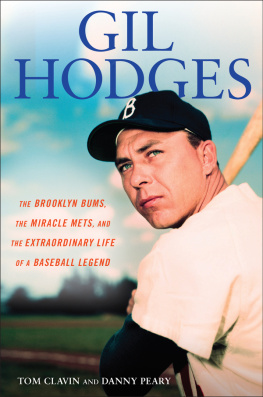




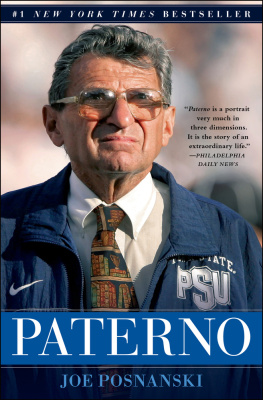
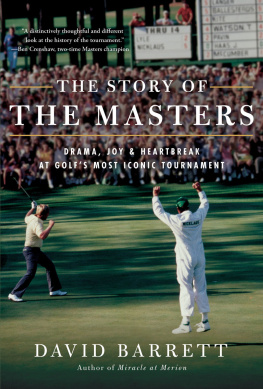
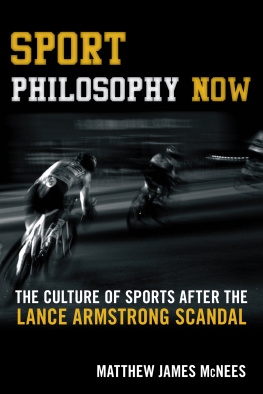
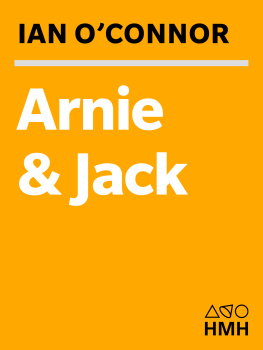
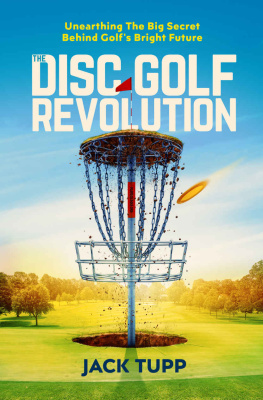
 @DiversionBooks
@DiversionBooks www.Facebook.com/DiversionBooks
www.Facebook.com/DiversionBooks Diversion Books eNewsletter
Diversion Books eNewsletter